DNA-based meal recommendations: Vita Mojo on creating an ecosystem for personalisation
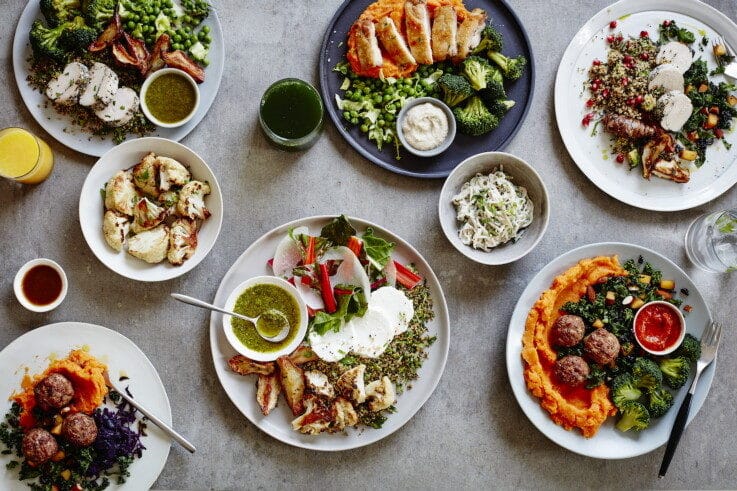
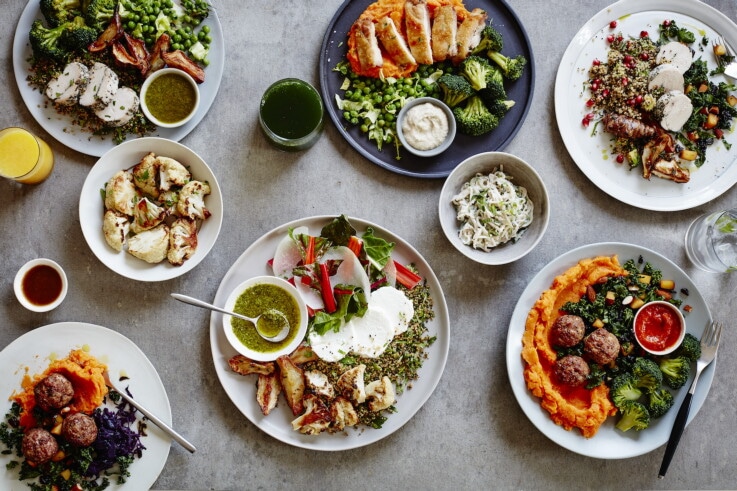
How much do you know about your customers? Vita Mojo shows the true depths of personalisation with customers able to tailor their food choices based on diet, allergies, intolerances, preferences, their DNA and, soon, even their blood. The company’s ecosystem uses a wealth of customer data to offer them complete control and transparency over what they eat.
Emilien Hoet, Head of Community, gives us the inside track on using a live restaurant environment to test software, creating an ecosystem around the customer and being ahead of the curve:
How would you describe Vita Mojo in a nutshell?
Vita Mojo is a software company that enables customers to personalise their food. Our mission is to make food personal. We do this by having our own restaurants where customers can customise, pick and choose and tailor their food based on their preferences, their gender, their DNA and all sorts of manual and automated inputs.
We really started off with our restaurants as a test bed for our software. Although we love food and having our own restaurants is a lot of fun, it does take a lot longer to scale by opening up more restaurants. For us the quickest and easiest way for us to execute our ambitions of personalised food around the world is by working with large-scale presences.
We now lease the software to other operators, both on the high street, but also in-house canteens and a wide range of hospitality clients to enable all of their customers to personalise their food and eat what’s right for them. I think everyone is very conscious of changing consumer habits and trends and everyone wants to latch onto new opportunities to increase profitability, increase customer happiness and satisfaction, and be a bit more innovative in the space.
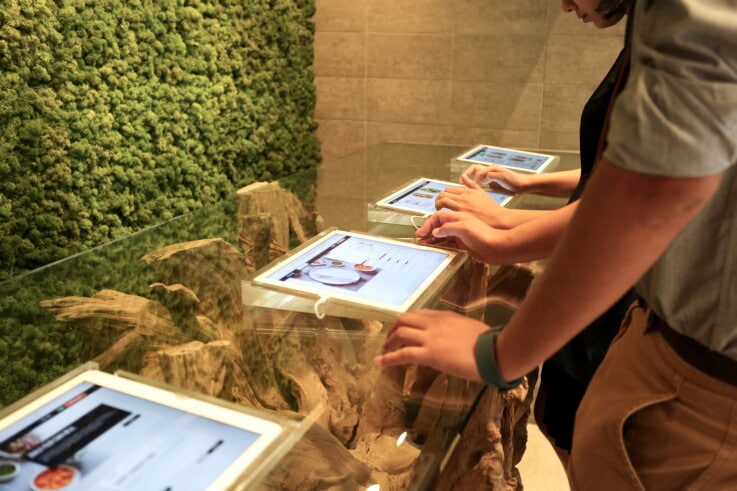
Is it personalised in terms of healthy food or dietary requirements?
We came at it from a health perspective. Nick, our founder, suffered a number of health issues and had to leave his job in finance for a while. He eventually found that he had a very restrictive diet and by doing so he got himself back on track. This however meant actually eating out, in restaurants particularly, was very difficult and Vita Mojo was built to help him be able to eat. So it was the restaurant to solve a problem.
But I think we’re not really limited to health or healthy foods necessarily. We think there’s incredible value in personalisation, not just for well-being, but for satisfaction and happiness. Essentially giving consumers control over what they eat, giving them that sense of power and transparency. I think that has a much more far reaching opportunity than simply food as a commodity for well-being.
What are the biggest motivations for your customers to choose you?
There’s so many different factors that people like about us, but the number one thing that comes back is control and transparency. Having real control over all the ingredients that go on your plate and the transparency of how that make-up is made, I think that’s what consumers are really looking for today. Some people have different dietary needs or allergens or tolerances and that plays a huge part in that, but the reality is that the majority of people don’t and it’s really that control, transparency, ease of use that they respond to.
How do your customers access their profiles?
Most of our customers are ordering on desktop versus mobile. Most people don’t actually download mobile apps today, there’s an aversion to having one more app on your phone. We try to be multi-platform so as much mobile as desktop or mobile website.
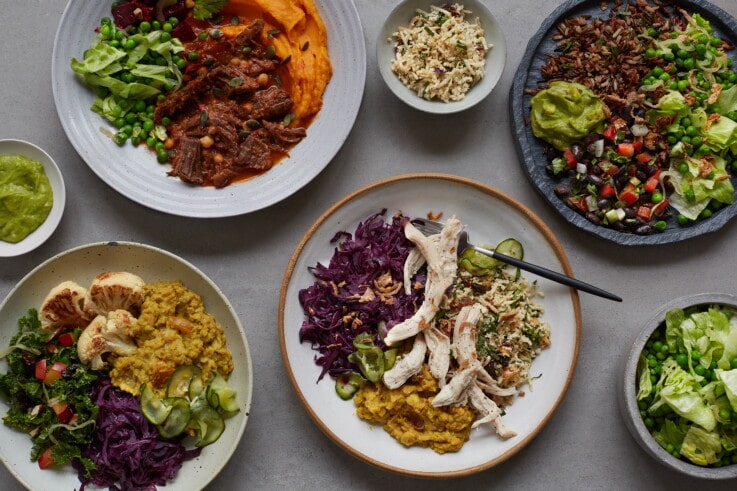
Can you tell me about the ecosystem and how it’s evolving?
We built Vita Mojo in a very manual way in the sense that consumers could go out and pick and choose and tailor their food. And it’s still today to a certain extent quite manual. Our vision is to essentially allow customers to have a number of manual and automated inputs that go into the system that is Vita Mojo and out on the other side comes out a meal which is essentially perfectly tailored to your nutritional needs, wants and desires. That’s why we partnered with DNAFit last year to give DNA-powered meal recommendations.
I think there’s a lot of interest today in how genetics affects the way that we metabolise certain foods, but also how we exercise, and how fitness and lifestyle plays a role in all of this. What we’re really interested in is enabling and seeing how having genetics in your eating experience helps you be better. The next step is to essentially have a number of inputs that complement that because genetics is only a very small part of the picture and is only based on certain likelihoods at the end of the day – it isn’t an exact science.
The next step is partnering up with blood testing companies so that you have real-time data in your micronutrients information. So if you know that you have a vitamin A deficiency or have a lack of iron, we can better recommend foods and ingredients which are strong in those and therefore help you achieve that sense of well-being almost effortlessly.
Right now there is a bit of effort and people who are very health conscious and know a lot about nutrition absolutely love us because we give them that sense of control. But for us the second step is to allow anyone who doesn’t necessarily know about nutrition or care to be able to have that experience, but make it so effortless and automated and amazingly pleasant that they come back again and again and increase well-being as much as satisfaction.
If I get my DNA tested how does that get linked with your systems and the recommendations?
When you do a DNA test result two of markers you will be tested on are your Omega 3 needs and your sensitivity to saturated fats. Some people will have an increased need for Omega 3. Some people won’t. Based on that we can flag dishes or ingredients which suit that profile.
If you had a very high sensitivity to saturated fat and a raised Omega 3 need, we would be able to flag the dishes which have more Omega 3 and we would also be able to warn you against certain dishes which have a lot of saturated fat. You would have the choice to order it still, but at least you would do so knowingly. We’re even looking to have filters so you can navigate the menu based on your DNA suggestions or not.
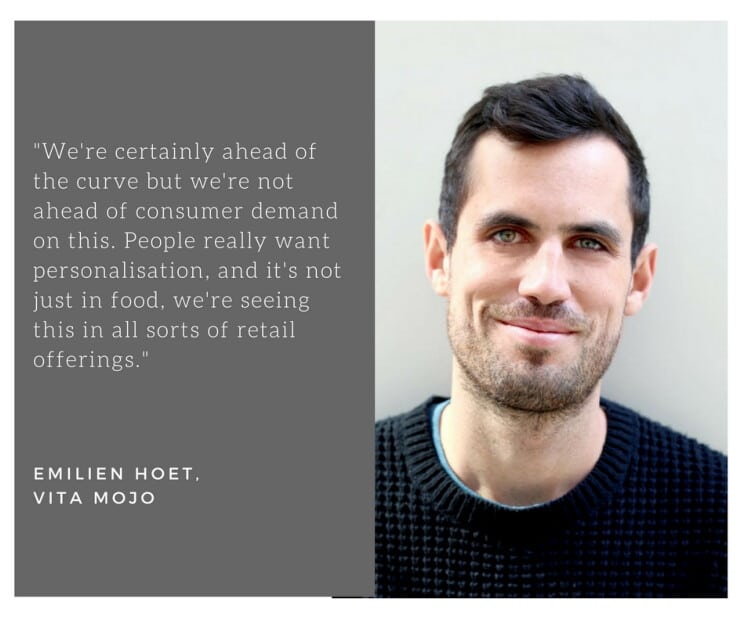
Are there any other typical things that people learn from that DNA test? How much does it tend to affect their meal choices?
In my case I took a DNA test last year and am quite interested in nutrition by virtue of where I work and what I do. One of the things I learnt was that I have a relatively high sensitivity to carbohydrates, which basically means that anything that is refined carbs is probably not a great thing for my metabolism based on my genetics. Since then I’ve been experimenting with a low carb diet and putting down the quantity of those carbs in my meals and increasing the protein and fat and I’ve actually been feeling tons better. I’ve had so much more energy in the last months and I’ve felt an overall sense of well-being since having done this change in my diet over the last five to six months.
We’re not talking about massive changes, but that level of insight can help you with your experimentation and to do so with a little bit of evidence-backed information and data.
Are you still planning to integrate wearables?
I think we have the intrinsic information about you on a micronutrient level and on a genetic level. I think the missing link here is really lifestyle. Right now we have a minimum viable product for that so people can log-in their details and how active they are and how many meals they have per day. We have a calculator which gives you the optimal amount of calories and macronutrients that you should be aiming to eat with every meal.
I think the next step is to actually have real-time data coming from wearables or other fitness tracking devices. Instead of this information being static it actually moves as your lifestyle changes and you can better adapt your food based on real-time information. That is the second phase and that’s what we’re working towards. The idea is that as much of these inputs should hopefully be automatic in the long-term so that the experience is as seamless as possible.

When do you think you’ll be integrating this data?
It’s all about tracking the adoption of these devices and this technology as much as us having the technical capability of doing it, because at the end of the day we don’t want to be building features that no one is going to be using. I think the focus right now is really making sure that our technology is as seamless as possible for what we currently do and that it is as scalable as possible with our software clients.
I think in terms of the immediate work, the DNA integration and the blood testing integration, we could probably look at something this year which will be rolled out to all customers. In terms of wearables, it really depends on adoption and demand from our audience, but in terms of the technical capabilities we could have it done this year if we wanted to. It’s more of a is this the right thing for the business? Is it better to prioritise other things?
How do you think what you’re doing links with more traditional restaurants?
At the end of the day what we’re doing is very innovative. We know we’re ahead of the curve and we want to build restaurants of the future. It’s quite clear that we’re going to have to work in the first instance with forward-thinking brands who are willing to try things. But if you look at fast casual dining and quick-serve restaurants, more and more of them are turning to technology to help on efficiency and customer satisfaction.
If you go to a McDonald’s even today, most of the menus are entirely digital and they’re really trying to build that experience. To go to personalisation is only the next step, whether it is in healthy eateries or in less healthy chains – there is definitely demand and interest in this space. We’re seeing more and more people adopt that kind of behaviour. It’s seeing how we can help those operators in the first instance and it’s just a matter of time before the market moves towards digital as at least part of their process to capture that information.
I think a lot of people will want to experiment with a mixed approach, not to alienate anyone but also to empower those who do want that kind of innovation. We’re not trying to take away humans from the equation, but if you can provide an awesome experience and have people do more interesting things to help customers then it’s win-win.
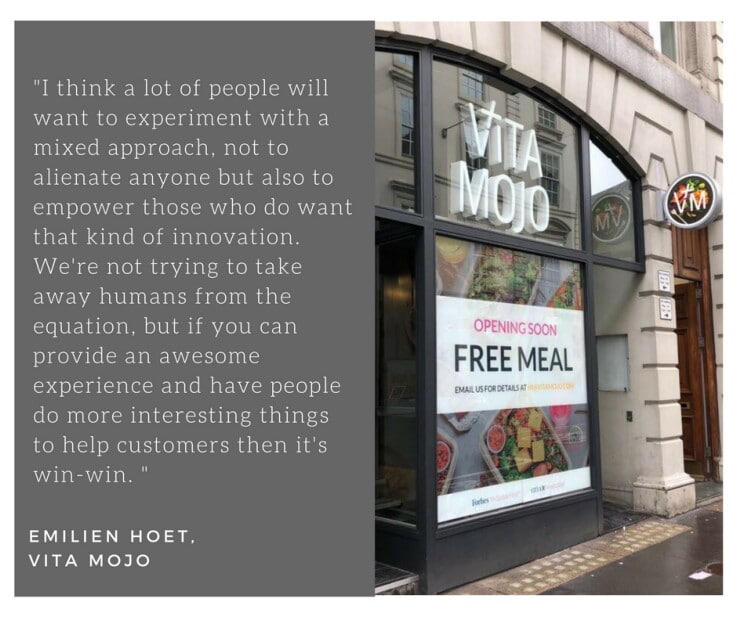
Is the fast casual space your target first market?
We’re refining the way we go into the market, but there’s definitely space in fast casual dining. We’re also looking at in-house canteens in big corporates, in gyms, in all sorts of establishments – anywhere that has a well-being focus for us is a great place to work with. As time goes the whole of the hospitality industry will be where we work.
In the future could you be creating health profiles for all of your customers that other manufactures and food companies can access?
We’ve got big ambitions for the software and scaling that across the country, Europe and the world. I think having a really rich profile that gives actionable insights to consumers is going to be really important. If people can transport that, almost like a digital passport, with all their health markers and their bio data and all that information into different hospitality players as we scale on the software side that would be amazing.
So you’re not just using this for Vita Mojo, but you’re using it for all the different restaurants and canteens and hospitality players out there. Whether or not this applies for other players outside of that industry is yet to be seen. We certainly have had demand from customers for a kind of customer dashboard which they can plug-in data and use, not just within Vita Mojo ecosystem, but outside as well.
Are there any new plans in the pipeline?
We just signed a deal with Virgin Active and have started to roll-out our software in its in-house canteens across the country. Some are more express versions with cold food and some have hot food offerings.
So people will be able to eat entirely personalised food at their gym after their workout and up the proteins or lower the carbs, and eat based on their health goals and allergens and diet. It’s very exciting and it proves that the model works and fundamentally there’s appetite from the industry.
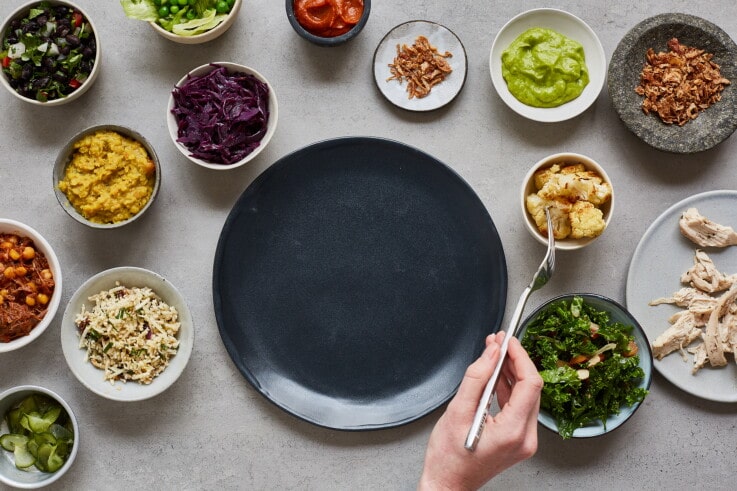
What have Vita Mojo’s biggest learnings been?
I think one of the things that surprised us is the number of people who actually opted to personalise their food when we launched the restaurants. We had a hunch that maybe 10 or 20 percent of people would actually opt to build their own meal from scratch, picking all those ingredients and going through the effort of marrying up those flavors and the rest will just go for the standard options that we provide.
The reality is between 92 and 94 percent of our customers personalise their meals. In terms of people that are building from scratch it’s about 80 percent and then another 12 percent are selecting a pre-made option and then customising it.
So there’s a huge market demand for this. We’re certainly ahead of the curve but we’re not ahead of consumer demand on this. People really want personalisation, and it’s not just in food, we’re seeing this in all sorts of retail offerings.
What else is coming next?
It’s really just focusing on and executing our plans and rolling that out to as many people as we can this year. Then exploring other partnerships that can build this better ecosystem. We’re even looking at potentially linking with health insurance. A lot of the health insurers are already looking at your activity level as a way to better adjust your insurance. What’s exciting for us is we can literally see what people are eating and show that data in real-time which is very attractive.
So if someone says they’re a vegetarian and they technically qualify for a lower health insurance policy then you know if they log-in or connect their account with Vita Mojo, then the insurer can actually see for sure that they are actually a vegetarian and so that data takes on a whole new meaning. But that’s really long-term, we’re not talking about tomorrow on that front.
Images courtesy of Vita Mojo



